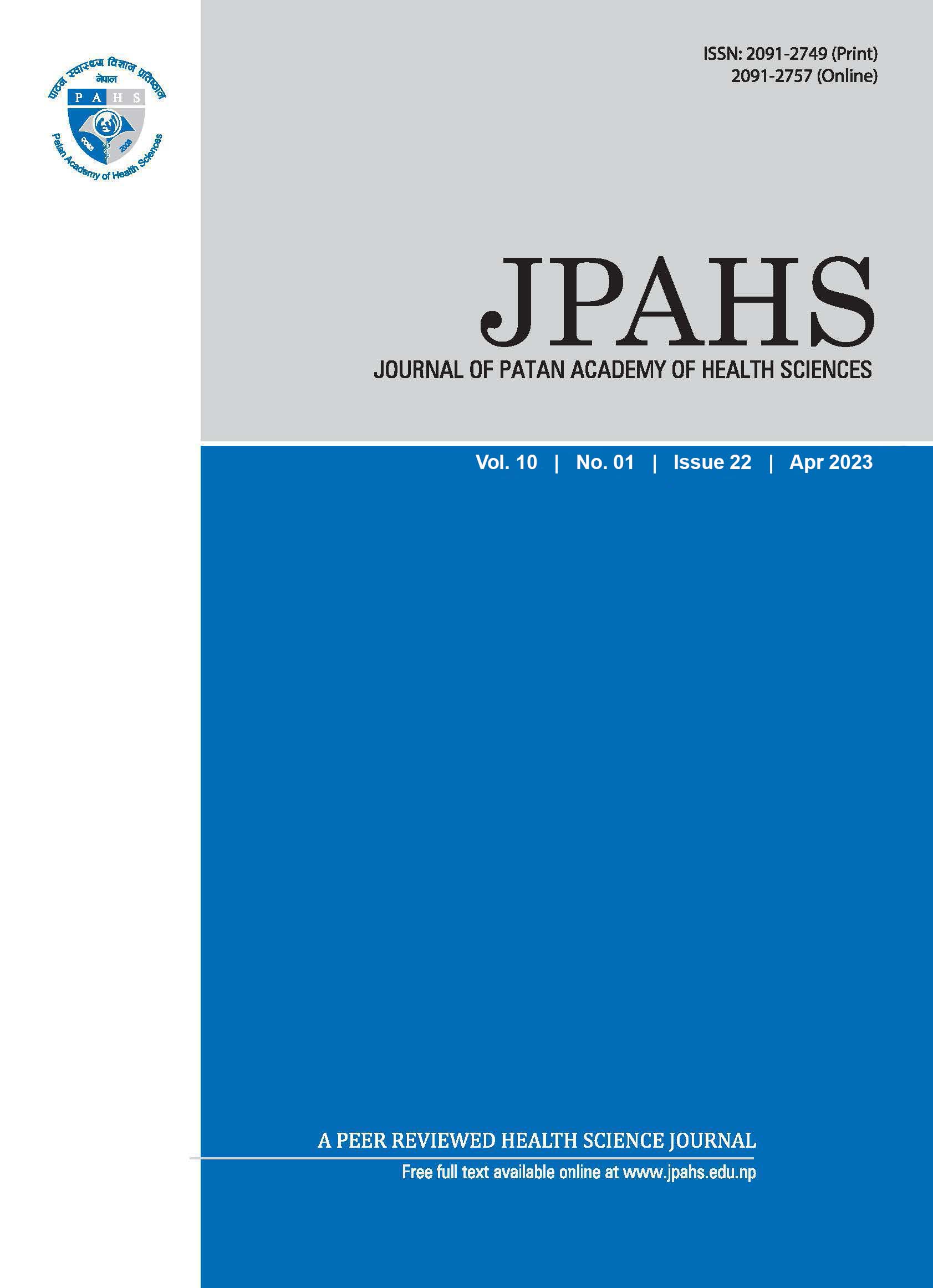Comparison of stress responses to laryngoscopy between Macintosh and McCoy laryngoscope
Keywords:
Hemodynamic Response, Intubation, Laryngoscopy, McCoy Laryngoscope, Macintosh LaryngoscopeAbstract
Introduction: Laryngoscopy involves opening the mouth, inserting a laryngoscope blade, positioning the blade’s tip to visualize the glottis, and applying a controlled lifting force to expose the vocal cords. This enables the insertion of a tracheal tube through the vocal cords into the trachea, ensuring airway patency and facilitating ventilation. This technique is a noxious stimulus triggering adverse response in the cardiovascular, respiratory and other physiological systems. This study aims to compare stress responses to laryngoscopy using the Macintosh and McCoy laryngoscope.
Method: In this prospective comparative study, 70 patients were enrolled with 35 in each group i.e. group A (McCoy) and group B (Macintosh), belonging to ASA-PS I and II, 18 to 65 years old, undergoing general anesthesia with endotracheal intubation. The hemodynamic parameters (HR, SBP, DBP and MAP) were observed and compared between two groups.
Result: There were significant hemodynamic changes in heart rate (HR), systolic blood pressure (SBP), diastolic blood pressure (DBP), and mean arterial pressure (MAP) were observed in both the groups following laryngoscopy. The statistically significant changes in heart rate were noted immediately after laryngoscopy (T0) and at 1 minute (T1), 3 minutes (T3), and 5 minutes (T5) post-laryngoscopy. For SBP and DBP, significant differences were observed at T3 and T5, while MAP showed statistical significance at T1, T3, and T5.
Conclusion: The McCoy laryngoscope demonstrated a significantly lower hemodynamic stress response compared to the Macintosh laryngoscope, suggesting it may be more advantageous in minimizing cardiovascular fluctuations during laryngoscopy and intubation.
Downloads
Published
How to Cite
Issue
Section
License
Copyright (c) 2025 Journal of Patan Academy of Health Sciences

This work is licensed under a Creative Commons Attribution 4.0 International License.






